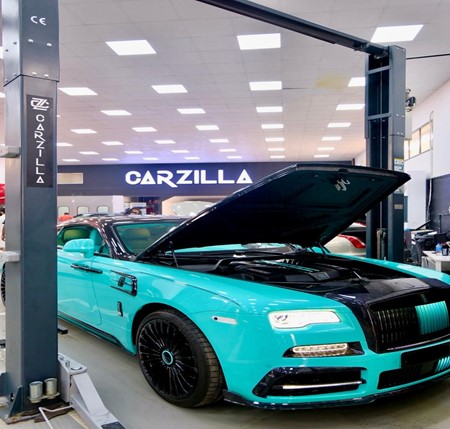Introduction
Proper lighting on your vehicle is not only crucial for your safety but also a significant factor in passing an MOT (Ministry of Transport) test. Faulty or improperly functioning lights can lead to a failed MOT examination. In this comprehensive guide, we will walk you through the essential steps to check your car’s lights to ensure they are in excellent working condition and help you pass your MOT test with flying colors.
Why Are Lights Important for an MOT?
Before we dive into the inspection process, it’s essential to understand why lights are such a critical component of the MOT test:
- Safety: Properly functioning lights ensure that your vehicle is visible to other road users, especially in low-light conditions or adverse weather.
- Signaling: Lights, including indicators and brake lights, play a vital role in communicating your intentions to other drivers, reducing the risk of accidents.
- Legal Requirement: Driving with defective lights is not only dangerous but also illegal in most countries. An MOT failure due to lighting issues can result in fines and the inability to use your vehicle legally.
Step-by-Step Guide to Checking Your Car’s Lights
Now, let’s explore the step-by-step process for inspecting your car’s lights to ensure they are ready for the MOT test:
1. Prepare Your Vehicle:
- Park your car on a level surface in a well-lit area.
- Ensure the engine is off and the handbrake is engaged.
2. Gather the Necessary Tools:
- You’ll need a willing assistant to help you operate the lights while you inspect them.
- A clean, lint-free cloth to wipe down the light covers and lenses.
- A spare set of bulbs for replacement, just in case.
3. Turn on the Ignition:
- Start by turning on the ignition without starting the engine. This provides power to the vehicle’s electrical systems.
4. Check Exterior Lights:
a. Headlights:
- With the headlights set to the ‘on’ position, ask your assistant to confirm that both headlights are functioning.
- Check that the high beam and low beam settings work correctly.
b. Taillights and Brake Lights:
- While your assistant sits in the driver’s seat and presses the brake pedal, inspect the rear taillights and brake lights.
- Confirm that both sides are illuminating as expected when the brake pedal is pressed.
c. Indicators:
- Ask your assistant to activate the left and right turn signals while you inspect the corresponding indicators on the front and rear of the vehicle.
- Check that all indicators are flashing at the correct rate and that none are flickering or staying on continuously.
d. Hazard Lights:
- Test the hazard lights to ensure they are functioning correctly. All indicators should flash simultaneously.
e. Reverse Lights:
- Place the vehicle in reverse gear (with the ignition on but the engine off) and ask your assistant to confirm that the reverse lights are working.
5. Check Interior Lights:
a. Dashboard Lights:
- Inspect the dashboard for warning lights. Any warning lights that are not functioning correctly should be addressed promptly.
6. Inspect Light Covers and Lenses:
a. Cleanliness:
- Using a clean, lint-free cloth, wipe down the covers and lenses of all lights to remove any dirt, dust, or grime that may reduce visibility.
b. Damage:
- Inspect the covers and lenses for cracks, chips, or other damage. Any damaged covers or lenses should be replaced.
7. Replace Faulty Bulbs:
- If any bulbs are found to be non-functional during the inspection, replace them with spare bulbs. It’s essential to use the correct type and wattage of bulbs specified in your vehicle’s manual.
8. Final Inspection:
- After replacing any faulty bulbs, repeat the above steps to ensure that all lights are now functioning correctly.
9. Document Your Inspection:
- Keep a record of your inspection, noting any issues you encountered and the actions you took to rectify them.
Conclusion
Regularly checking your car’s lights is not only a necessary part of preparing for an MOT test but also a crucial aspect of overall vehicle maintenance. Well-maintained lights enhance your safety on the road, ensure compliance with legal requirements, and reduce the risk of accidents.
By following this step-by-step guide and addressing any issues promptly, you can help ensure that your car’s lights are in excellent working condition, increasing your chances of passing the MOT test with ease. Remember that your safety and the safety of other road users depend on properly functioning lights, so make it a priority to keep them in top shape.






